Evolution of photography: From film to digital
Towards new horizons: The future of film photography
Despite this transition to digital, film photography continues to spark a passionate interest among many photographers and art lovers. Its enduring appeal lies in its distinctive aesthetic quality, more deliberate creative process, and tactile connection to the medium. Additionally, film photography maintains an important place in the contemporary photography landscape, often coexisting with digital photography rather than completely replacing it. Many photographers continue to explore the unique possibilities offered by film photography, integrating it into their artistic and commercial practice. Thus, despite technological advancements, film photography retains its relevance and importance in the modern world of photography.
The Enduring Appeal of Film Photography
Return to authenticity and the creative process
Aesthetic appreciation of the unique rendering of film photography
Renewed interest in vintage techniques and equipment
Alongside the return to film, we are seeing a revival of interest in vintage techniques and equipment. Many photographers are exploring old cameras, lenses and development processes to create unique and experimental images. Techniques such as pinhole photography, wet collodion printing and alternative processes are attracting a growing number of enthusiasts who seek unique and authentic methods of creation. This resurgence of interest in traditional techniques speaks to the continuing fascination with the history and heritage of photography
The place of film photography in modern practice
Coexistence with digital photography: complementarity rather than competition
Use of film photography in contemporary artistic and commercial projects
Influence of film photography on current photography trends
The influence of film photography on current photography trends is undeniable. Many of today's popular photographic styles and techniques are inspired by the aesthetic characteristics of film photography. From grain and vignetting effects to vintage tints and deliberate imperfections, these elements are often used to create images that evoke a retro, timeless aesthetic. Additionally, the growing popularity of digital apps and filters that emulate the look of film photography speaks to its lasting impact on contemporary visual culture.
Challenges and opportunities for the future of film photography
Barriers related to availability of equipment and supplies
Opportunities offered by digitalization and online sharing technologies
Importance of preserving know-how and passing on skills
Finally, the preservation of know-how and the transmission of skills are essential to ensure the future of film photography. While many aspects of film practice are based on traditional techniques, it is crucial to document and pass on this knowledge to future generations. Educational initiatives such as workshops, classes, and mentoring programs play a vital role in this effort, allowing newcomers to discover and learn film photography techniques while preserving established traditions and practices. By supporting and promoting the know-how of film practitioners, we help to ensure the continuity and vitality of this precious photographic heritage.
Conclusion
Rounding up key points on the future of film photography
In conclusion, the future of film photography is shaped by a series of challenges and opportunities. As the availability of equipment and supplies diminishes and digital technology dominates the photographic landscape, film photography continues to endure and find its place in modern practice. Its enduring appeal lies in its more deliberate creative process, its unique aesthetic delivery, and its influence on current trends in photography.
Highlighting its continued importance in the contemporary photographic landscape
Despite technological advances, film photography remains an essential element of the contemporary photographic landscape. Its distinctive artistic character, tangible connection to the medium, and emotional appeal continue to captivate photographers and viewers around the world. As custodians of this photographic tradition, it is essential to preserve its legacy, pass on its skills and support its evolution for future generations. Ultimately, film photography remains an art form and a valuable practice that will continue to inspire and captivate photography enthusiasts across the world.











